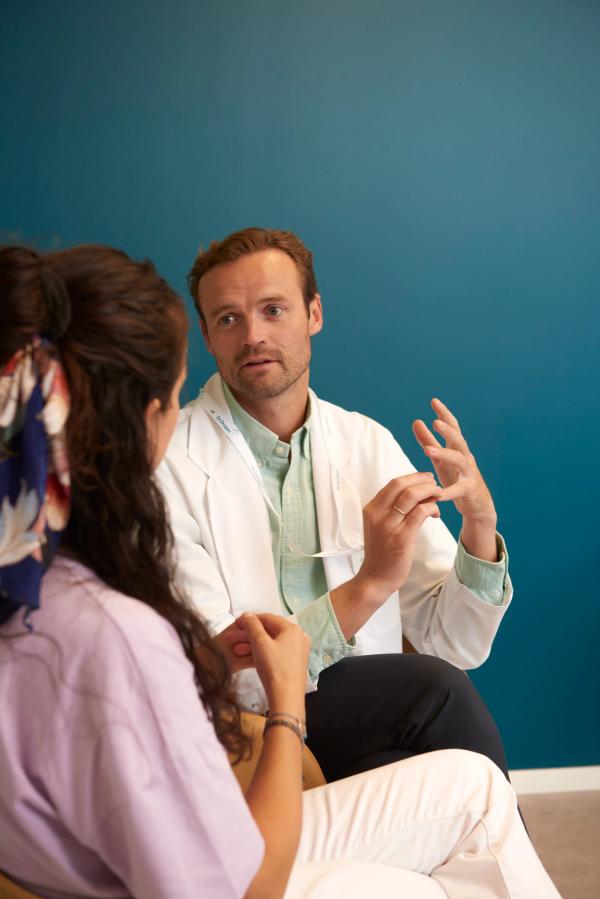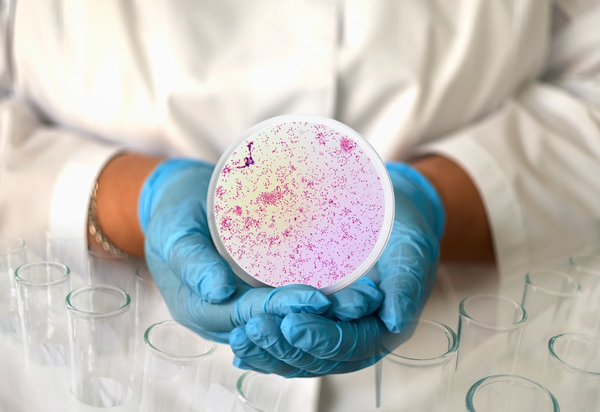Kjønnssykdommer
Sexually transmitted diseases: Symptoms, testing and treatment of sexually transmitted diseases
A venereal disease, or also called venereal disease, sexually transmitted disease or infection (SOS / SOI) is a group of infectious diseases that are sexually transmitted, either through vaginal intercourse, anal or oral. The infection occurs through contact between skin and mucous membranes in the mouth, genitals and intestines, some can also be transmitted through blood. The infection can be caused by bacteria, viruses, mites and lice. STDs are among the most common infections in the world, and there is effective treatment for most. They are easily transmitted as you are often completely without symptoms and signs of infection for a long time, and thus often infect others without being aware of it.
Order self-testSee available appointments






